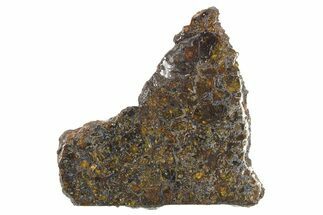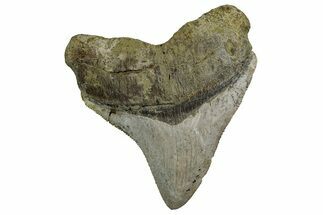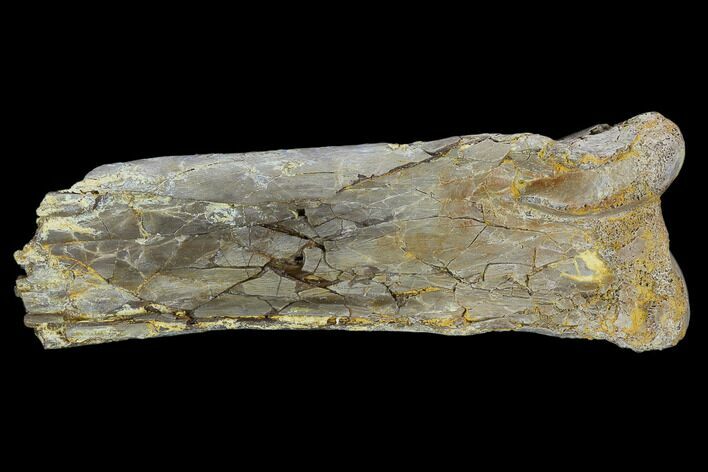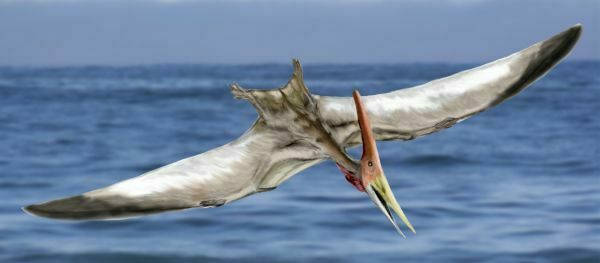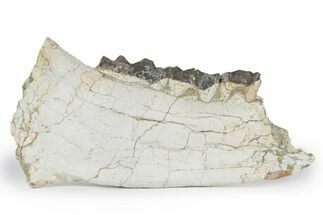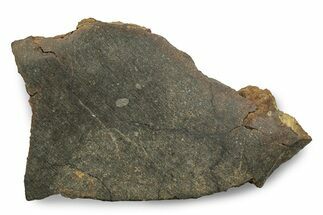This Specimen has been sold.
3" Pterosaur (Pteranodon) Metacarpal Section- Kansas
This is a 3.0" long pterosaur (Pteranodon) metacarpal (hand/wing bone) section from the Smokey Hill Chalk in Gove County, Kansas. It is deformed from the preservation process but is in good condition. This is the proximal end of the bone and would have engaged the carpal joint. It is analogous to a hand bone in humans.
Pteranodon is a genus of pterosaurs that included some of the largest known flying reptiles, reaching wingspans of over 6 meters (20 feet). They lived during the Late Cretaceous of North America in present-day Kansas, Alabama, Nebraska, Wyoming, and South Dakota. Pteranodon was designated as the official Kansas state flying fossil in 2014. Crucially, pterosaurs like Pteranodon are not dinosaurs: pterosaurs evolved to fly, while dinosaurs were only terrestrial animals.
The Smoky Hill Chalk Member of the Niobrara Chalk formation is a Cretaceous conservation Lagerstätte, or fossil-rich geological formation, known primarily for its exceptionally well-preserved marine reptiles. It outcrops in parts of northwest Kansas--its most famous localities for fossils--and in southeastern Nebraska. Large, well-known fossils excavated from the Smoky Hill Chalk include marine reptiles such as plesiosaurs, large bony fish such as Xiphactinus, mosasaurs, pterosaurs, and turtles.
SPECIES
Pteranodon longiceps
LOCATION
Gove County, Kansas
FORMATION
Niobrara Formation, Smoky Hill Chalk
SIZE
3.0" long
CATEGORY
SUB CATEGORY
ITEM
#115201
We guarantee the authenticity of all of our specimens.
 Reviews
Reviews


